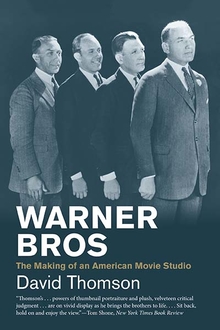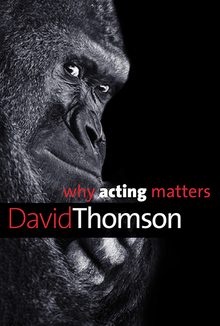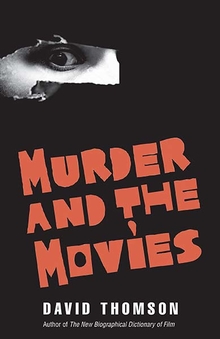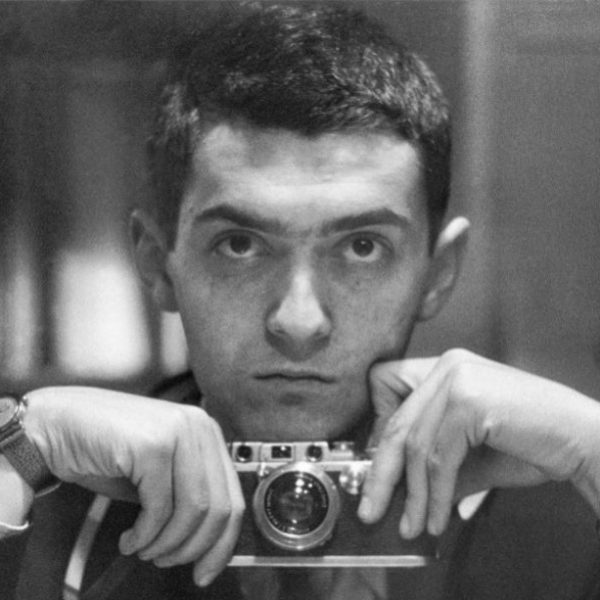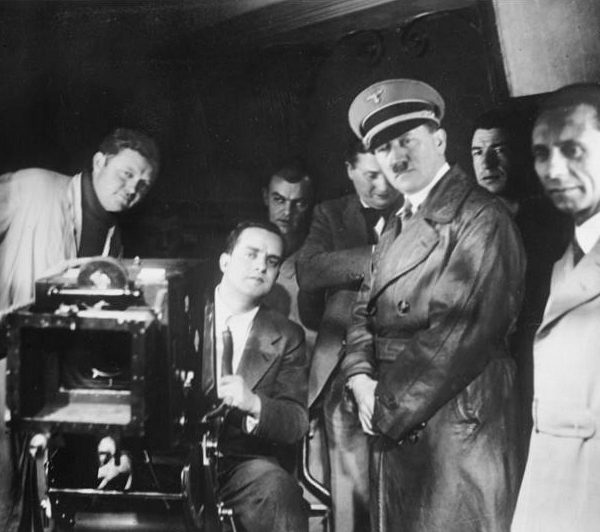What Are the Murders You Wish You Had Committed?
David Thomson—
I hope this title isn’t too shocking. I am happy to trust that none of you has committed a murder—well, very very few, shall we settle for that? You disapprove of the practice. You believe there should be a law against it. And you really would prefer that it not happen to you. After all, you wouldn’t hurt a fly.
At the same time, don’t you have to admit that night after night, bingeing in the era of the virus, you have taken satisfaction, pleasure, and the stuff of dreams from watching some of the many murders available on your screen—as if to say, “Well, we can do anything here, can’t we?”
I thought as part of the vogue for list-making that I’d offer a few choice homicides for your consideration. If you think this could be upsetting, stop right here.
For instance, I can hardly think of dinner in a neighborhood Italian restaurant without picturing Michael Corleone at the place with the best veal in town in The Godfather (1972). He’s dining with a rival gangster, Virgil Sollozzo, and a police captain, McCluskey. They have been established as nasty guys—they tried to kill Michael’s dad, if you recall. Michael may be just a kid out of Dartmouth and the Marines, but he means to kill these bastards. There’s a revolver in the john, with a taped handle full of bullets. So he excuses himself, and then comes out fully loaded with the noise of a subway train roaring on the soundtrack. I don’t know a good restaurant where the subway seemed to pass through. Never mind—this is a movie, and Michael comes of age, popping the villains as they’re eating pasta. They don’t even get to the veal.
I suppose that’s an assassination, really, a necessary act of vengeance. But by 1972, the movies could show the detail, including sudden bullet holes in the throat and the forehead. So we should remember that not so long ago a lot of movie murders were left to the imagination. In Fritz Lang’s M (1931), we never see the killer have his orgasm as he’s strangling children. Indeed, I don’t think you’d get away with that now. But in 1931, there is a piercing moment, like a murder, when the killer realizes he has been marked by the underworld that is as eager to get rid of him as the police. He is recognized, and a white chalk “M” is slapped on his back. When Peter Lorre sees this in a mirror, it’s one of the great expressions of guilt in the history of film. And it meant poor Lorre had to play killers or madmen for the rest of time.
Movies don’t like to kill kids—blood-thirst can be sentimental. But women do come in for a slew of slaughters. It’s as if something deep-seated in the audience’s psyche feels hostile to women. Just think of what happens to Angie Dickinson in Dressed to Kill. She’s a very smooth, sophisticated lady, and a free agent sexually on the Upper East Side. She manages a daytime sexual liaison and is rattled to discover that her pick-up seems to have a sexually transmissible disease. So she hurries away in a daze, stumbles into the elevator, and is cut to pieces by a dark killer waiting there. Angie is not a heroine in the film, but we like her, rather as we liked Janet Leigh in Psycho, but she’s sexy and on display, and there’s something underground and alarming in the kick we get out of them both being offed with such flourish.
No need to go into that shower murder—you know it by heart, like the words of the National Anthem. But we can’t do this survey without paying adequate attention to Alfred Hitchcock. So I recommend the fairground killing in Strangers on a Train (1951). There’s a charming madman (Robert Walker) who insists on swapping murders with a chance acquaintance (Farley Granger). So Robert will dispose of Farley’s wife—he wants a divorce, and she is being difficult. She’s not a nice woman—she deserves what she’s going to get. So Robert trails her at a fairground at night. He follows her to the Island of Love, makes sure it’s her, and then proceeds to strangle her—in loving close-up. Her glasses fall on the ground, so we see the final spasm through the curved lens of the spectacles, and Robert lowers the corpse into our laps and imaginations. The murder is like a dance. You have to see it to join in.
That’s often the case. Whenever a killing is to be shot in a fiction film, a lot of people gather on the set to see it done. It makes you wonder: when what’s his name boasted that he could shoot anyone dead on Fifth Avenue, the outrage did gently overlook the way we would enable it by agreeing to be mere spectators—like connoisseurs studying murder at the movies.
Space for one more, and this is a heartbreaker. Near the end of the Italian film The Conformist (1970), by Bernardo Bertolucci, a fascist gang wants to kill a left-wing professor and his lovely young wife. One of the assassins has had an affair with that wife—there’s treachery everywhere. But when two cars meet in a gloomy winter forest, the wife runs out of her car and tries to reach the other car for rescue. She thinks this other vehicle is just passing by. But then she sees her lover sitting in that car, hunched, alone, guilty, but protected by the glass. She screams in horror and then runs off into the woods. A handheld camera tracks after her, but we know what’s going to happen. All too soon, her cream-colored dress is wreathed in blood. We have to admit, in color or black and white, the movies do blood very well. Yes, it’s terrible, but it’s lovely too, and therein lies the charm and the dread of this delicate hobby.
David Thomson is one of the great living authorities on movies, and is, most notably, the author of The New Biographical Dictionary of Film. He has written more than 20 books, including biographies of David O. Selznick and Orson Welles.
Further Reading:
